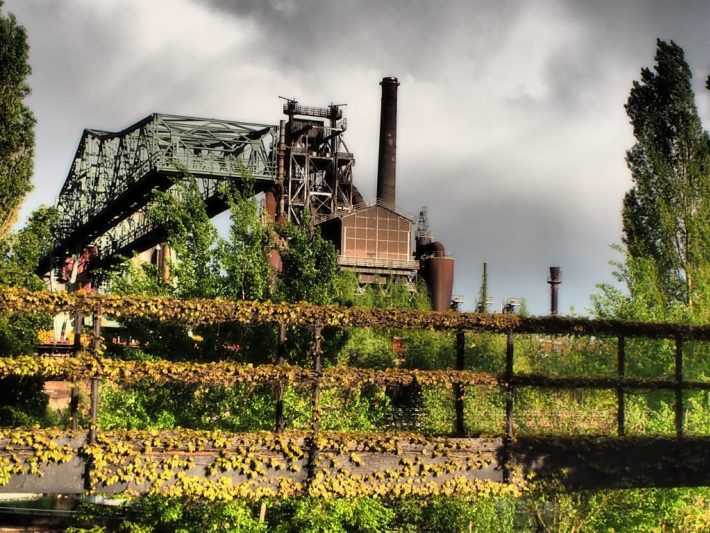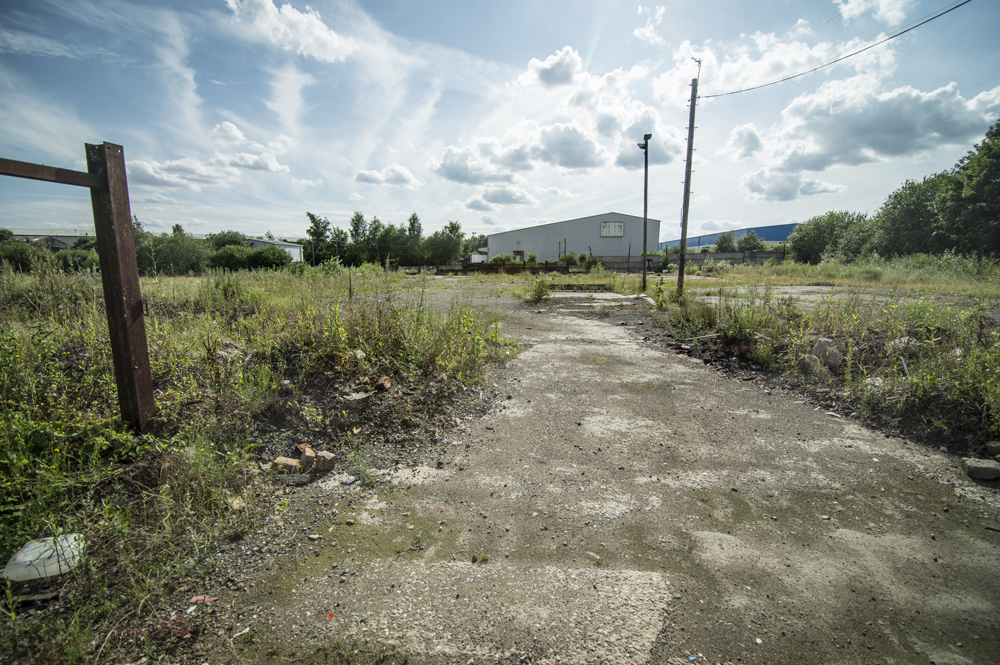The population in the UK continues to grow at an alarming rate. In roughly the last two decades, the population has grown from approximately 59M in 2000 to roughly 67M in 2020. The year from June 2021 to June 2022 saw the biggest single jump recorded – rising approximately 0.5M in just one year. With ongoing population pressures and limited space, the need for new housing in the UK is more acute than ever. Successive governments in the UK have grappled unsuccessfully with this problem and – depending on which surveys and data you follow – we are short by anywhere between 1.5M and 2M housing units. So, what is the solution? Could brownfield development or ‘remediation’ be the answer?
What is brownfield development or ‘remediation’?
Building professionals in the construction industry need to decide where to build new housing and accommodation units. Greenfield land – normally on the outskirts of developed areas – presents a blank canvas for developers to expand the size of towns and cities. However, once this land is built on, the greenfield area is gone forever and can never be recovered. This strategy also creates a growing urban sprawl and dilutes centralised services, city and town centers. On the other hand, brownfield land utilizes previously developed lands – many of which have become derelict or underutilized and breathes life back into crowded cities.
Organisations such as The Countryside Charity, an organisation campaigning to preserve greenfield land, argues that brownfield remediation is the most suitable option for providing needed housing and developing cityscapes. They argue that it regenerates and recycles unused land across the nation. It also reduces urban sprawling and ensures our countryside is safeguarded for future generations. Recent governments would tend to agree with this based on various announcements and initiatives to encourage brownfield development in preference to greenfield.
In addition, brownfield remediation can often – but not always – reduce costs for the construction industry. Often, the required foundations, drainage, and electrical wiring may have already been established. It can also be easier to receive planning permissions on brownfield land. However, there can also be challenges. The primary one being the need to demolish and remove the existing structures – dealing with waste removal in the process. Also, land can be contaminated, which adds further challenges. Finally, access into the site in an urban setting – when surrounded by other established developments – can be a problem. Innovative construction technologies can address this to a certain extent, however.
So, can brownfield remediation alone address the housing crisis?
Vacant land comprises a significant portion of the UK. Birmingham, for example, has sufficient brownfield land to provide over 37,000 housing units. Using these spaces could help solve the housing crisis. The government has introduced the Brownfield Land Release Fund (BLRF) to address this issue. The fund amounts to £75m and offers £25m to local councils that want to develop housing on derelict or abandoned land. This has the effect of encouraging the remediation of brownfield land in cities.
Can brownfield remediation help communities?
Brownfield remediation may also benefit community projects, such as community housing. In recent years, innovative projects, such as using modified storage containers to provide accommodation, have become more commonplace. Along these lines, a company called Embassy is intending to create a novel community of 40 modular homes out of shipping containers. ‘Embassy Village’ as it is known as, will be based near Bridgewater Canal in Manchester.
On the other hand, brownfield remediation can also address the need for business space. In London, for example, 50% of ongoing construction projects were halted during the COVID pandemic, forcing developers and local authorities to think of innovative alternatives to traditional office spaces. Hybrid work/dwelling spaces are also starting to become more common in urban areas.
Summary
Brownfield remediation may be the answer to inner-city development. Not only can this help preserve the Great British countryside, but this also helps breathe life into previously unused land. It may also help the housing and office crises in cities around the nation
See below other articles on brownfield development




